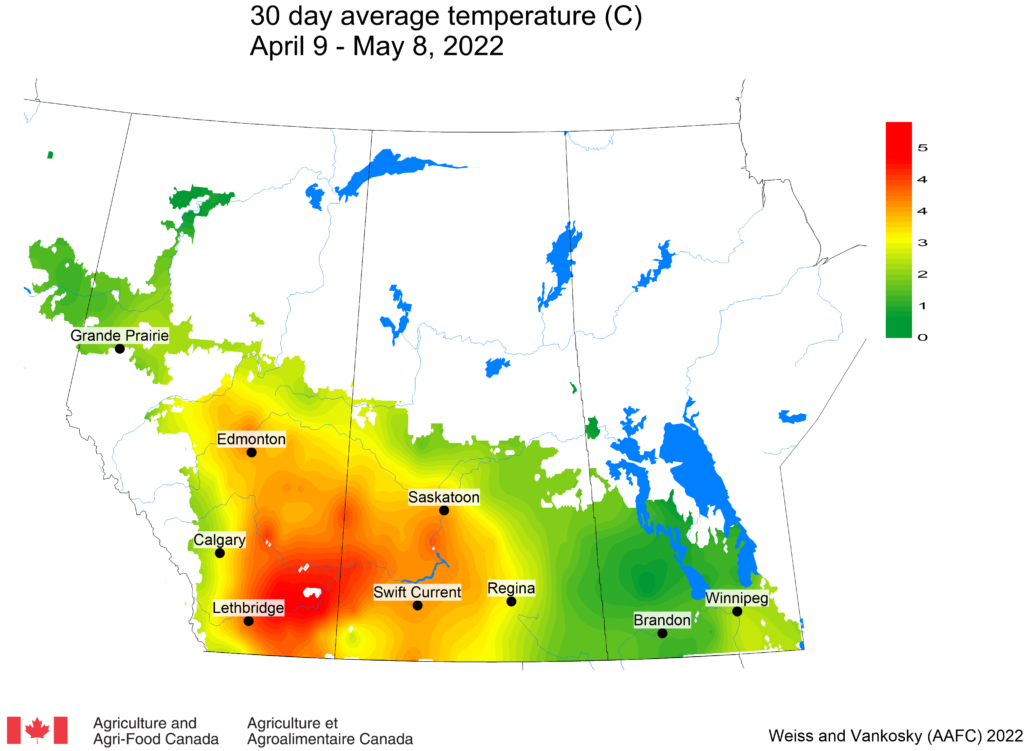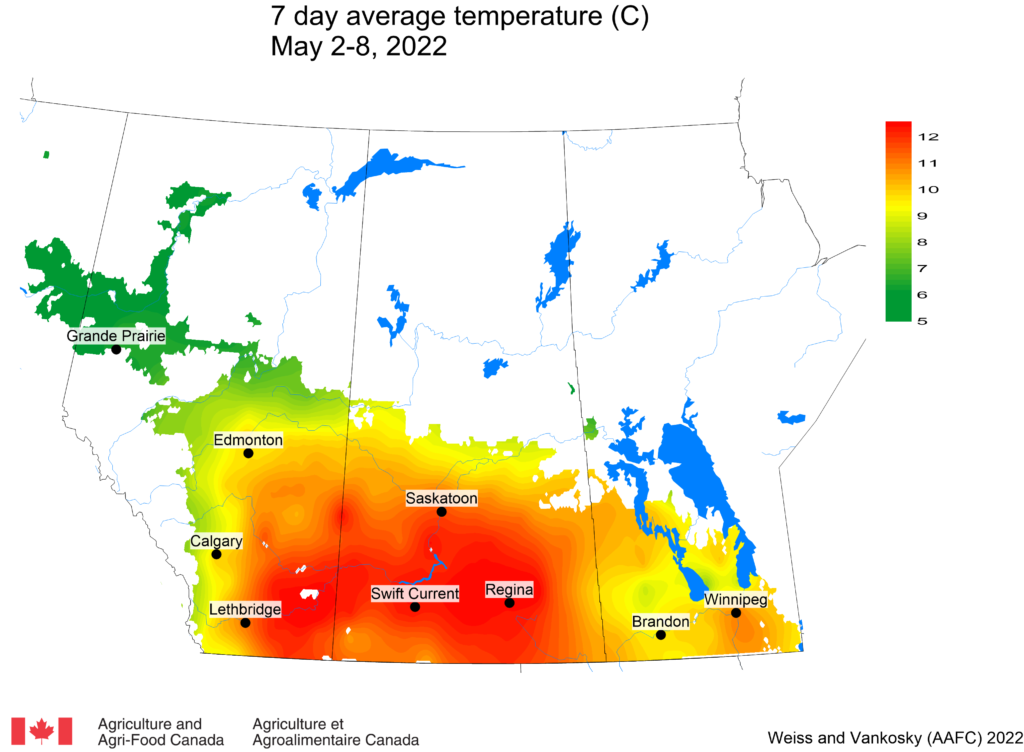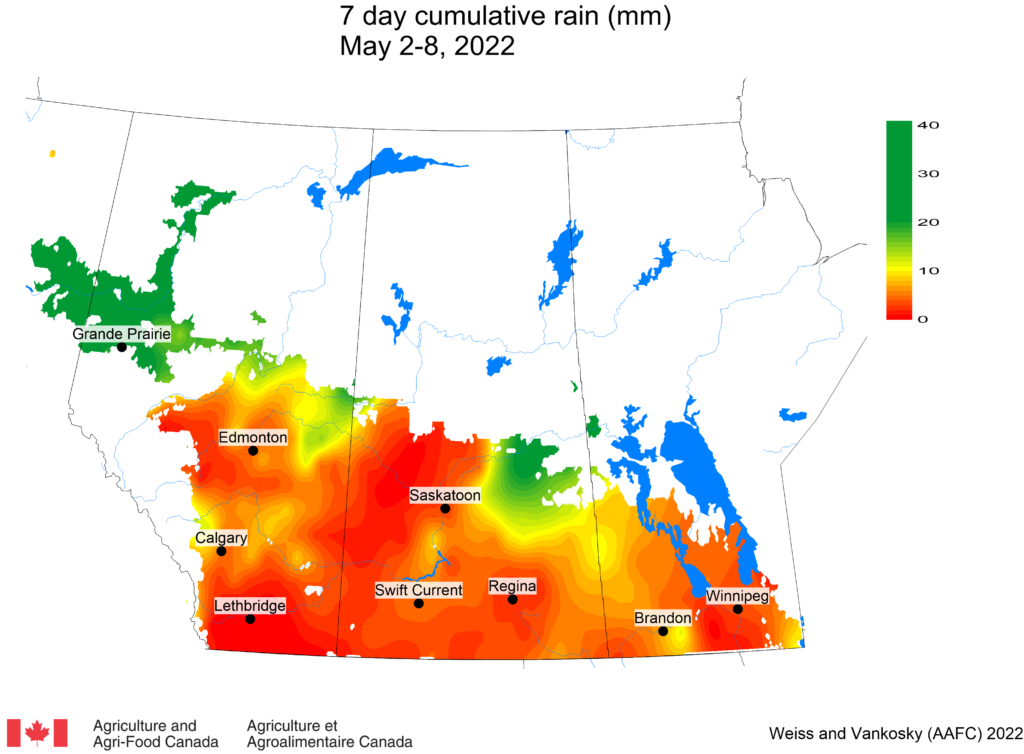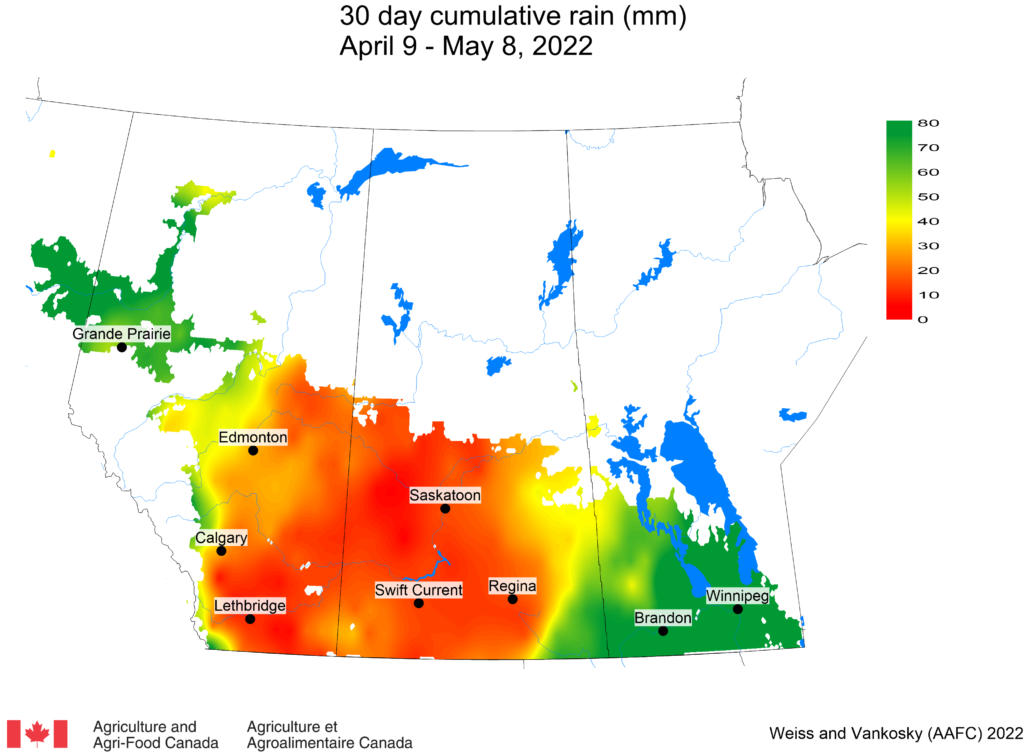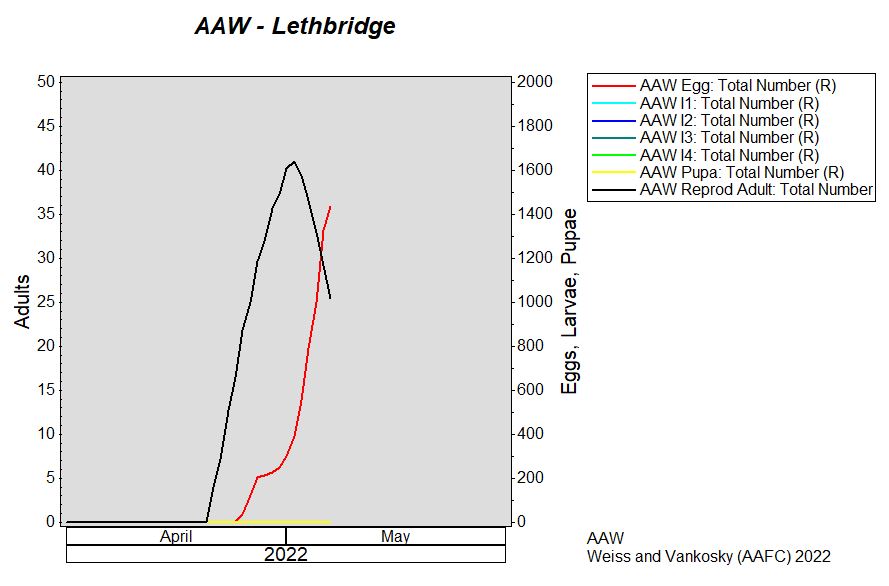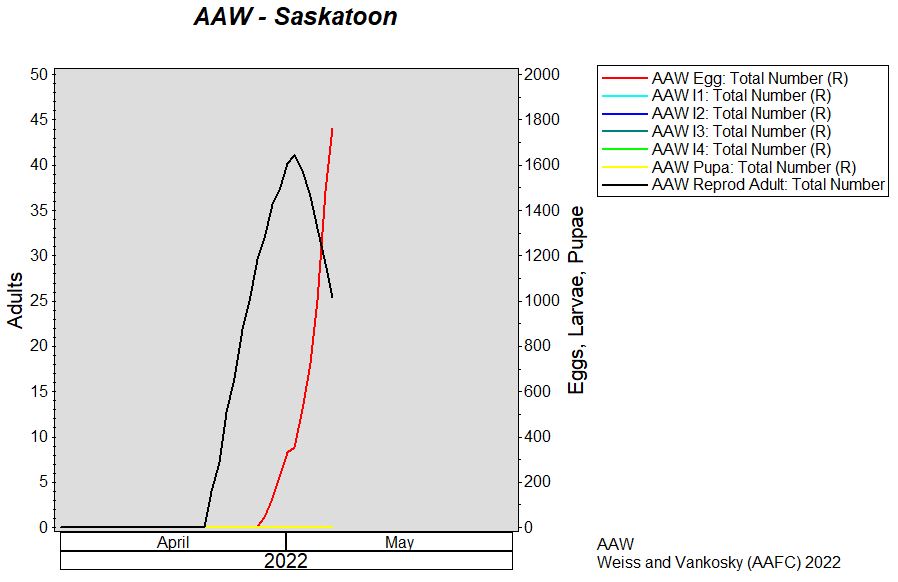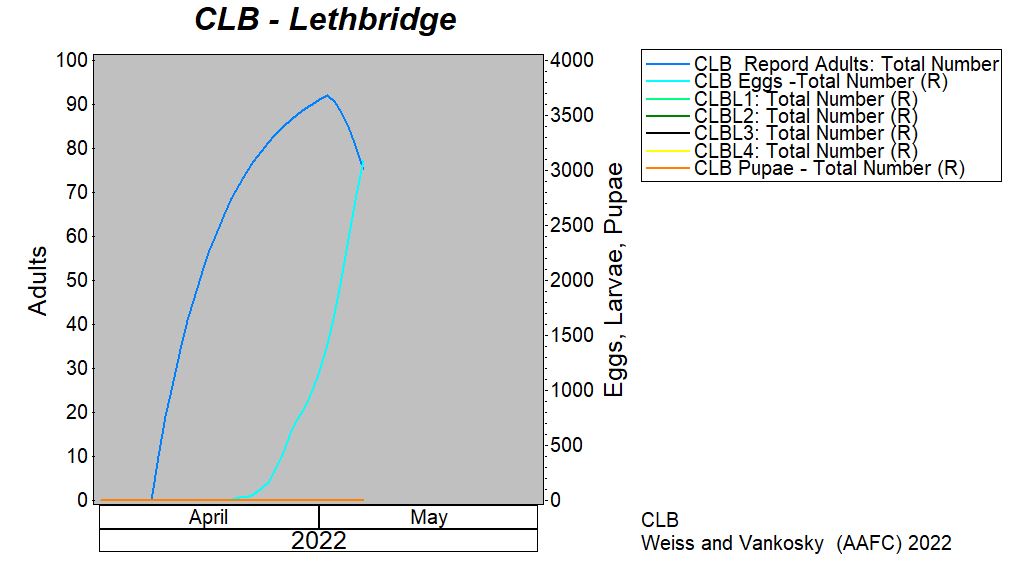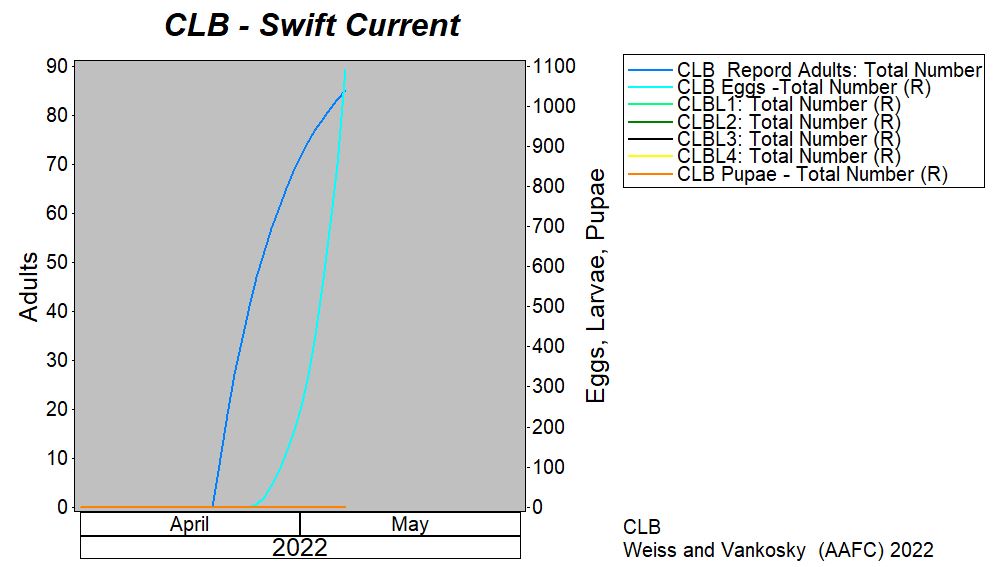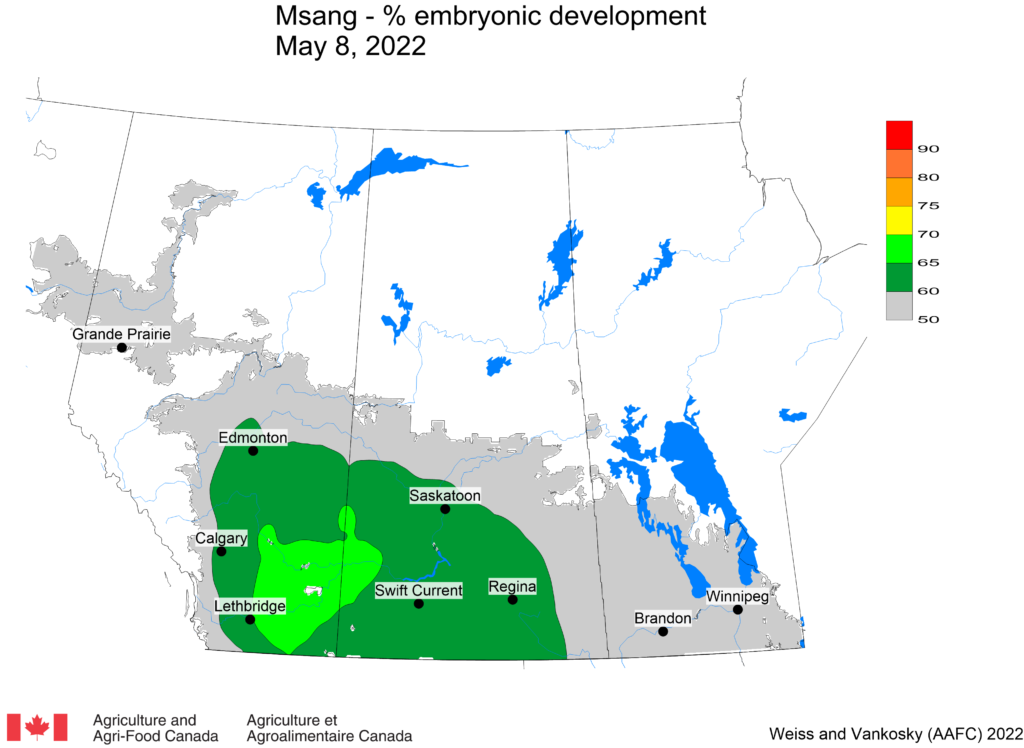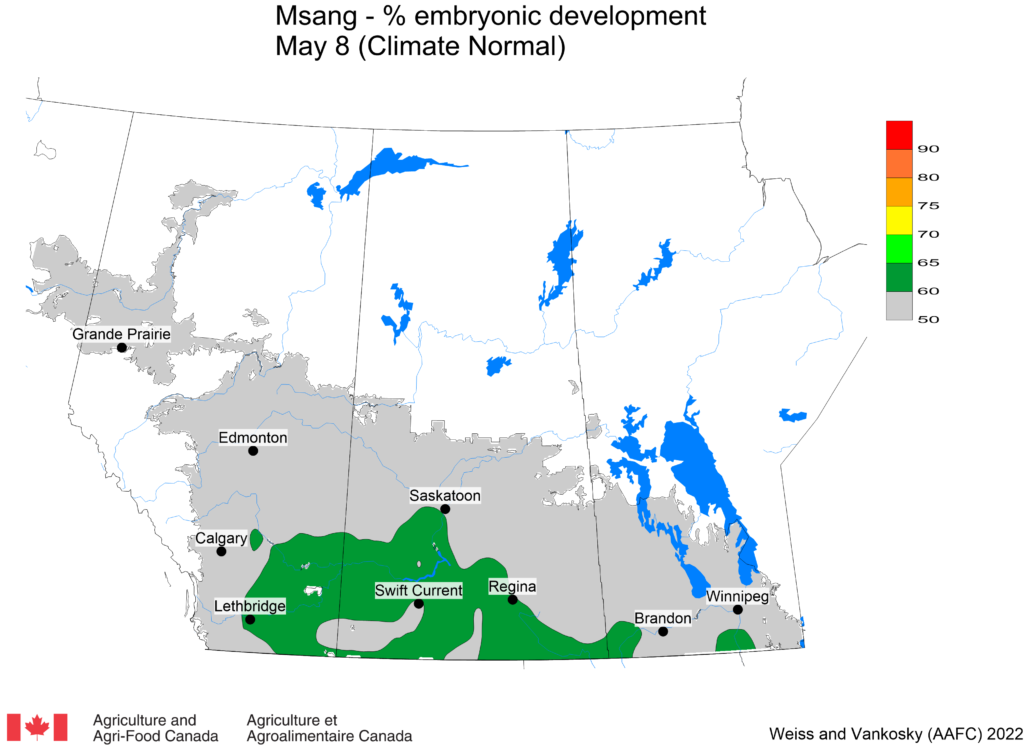Week 1 for the 2022 growing season and welcome back!
Seeders AND the many field crop entomologists across the Canadian prairies are out and raring to go for another growing season! This week….
Please take a moment to review the historical Risk Maps for our most economically important insect pests of field crops on the Canadian prairies. These prairie-wide geospatial maps offer insight into potential risk and help growers prioritize their scouting lists.
Remember, insect Monitoring Protocols containing helpful insect pest biology, how and when to target in-field scouting, and even thresholds to help support in-field management decisions are all available for review or download.
NEW for this growing season – the website has been updated to create a Field Guides page linking to free, downloadable, AND searchable PDF copies of some of the key field guides used to support in-field insect monitoring in field crops on the Canadian prairies.
Be sure to catch this week’s earlier Insect of the Week for Week 1- it’s Flea beetles!
Wishing everyone good weather and let the insect scouting begin!
To receive free Weekly Updates automatically, please subscribe to the website!
Questions or problems accessing the contents of this Weekly Update? Please contact us so we can connect you to our information. Past “Weekly Updates” can be accessed on our Weekly Update page.

